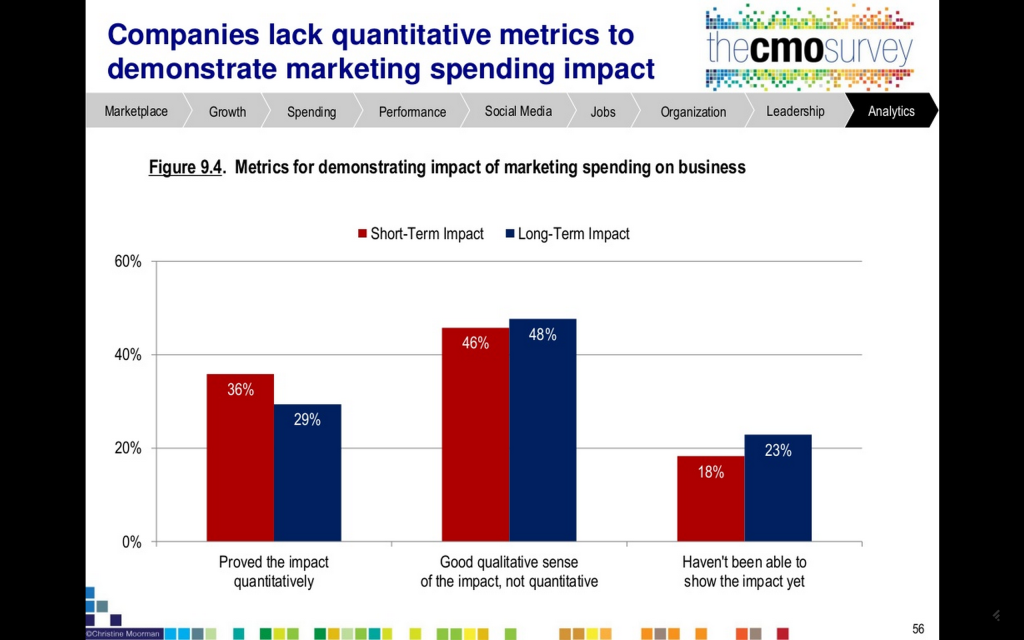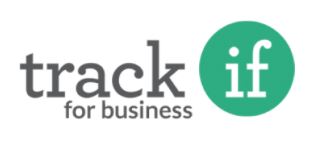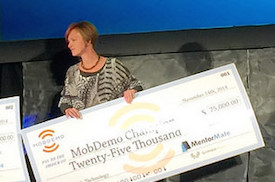It could have been if I had a “PhoneDrone Ethos” prototype — I could be buzzing you! But, sigh, I don’t have one … and none of us mere mortals will until they ship in September 2016. That’s as soon as the Kickstarter page promises. Nonetheless, as I write this, the product boasts some $238,000 pledged (well exceeding the $100,000 goal), and more than 900 backers — who apparently have no problem waiting for 11 months.
[Note: This post first appeared earlier today on GraemeThickinsOnTech. I’m posting it here because the “Gang,” minus me, discussed the product on our most recent podcast, and I thought Minnov8 readers would like to hear more about the product.]
xCraft, the designer and manufacturer, is a drone company that scored a record-breaking $1.5 million investment on Shark Tank recently.
Quite simply, the PhoneDrone allows your smartphone to fly and follow you around. How about this line on the Kickstarter page? “Grant your smartphone access to the third dimension.” Yes, it would seem we’ll all be holding back our smartphones from their full potential if we don’t get one of these things! A smartphone’s potential is a terrible thing to waste…
That’s why the makers of the PhoneDrone Ethos say it “gives your smartphone wings, allowing you to deploy your  iPhone or Android phone as an autonomous aerial camera.” Oh, the glories of innovation we can all partake in if we just pre-order on Kickstarter! … and then wait patiently for that far-off promised ship date to arrive.
iPhone or Android phone as an autonomous aerial camera.” Oh, the glories of innovation we can all partake in if we just pre-order on Kickstarter! … and then wait patiently for that far-off promised ship date to arrive.
The company claims their product is revolutionary because they’ve “leveraged the sensor, processor, and wireless capability of the smartphone” to give you “a powerful, cloud-connected aerial vehicle for a fraction of the cost of a typical drone.” Cloud-connected… oh, snap.
Of course they say no drone experience is necessary (!), and that their companion app is simple and intuitive. So, never fear: your phone will be out of your pocket and airborne in no time!
 You can’t argue with the value proposition: “Your smartphone already has a powerful processor and multiple sensors. Why pay for all those things over again when buying a drone?” Seems reasonable.
You can’t argue with the value proposition: “Your smartphone already has a powerful processor and multiple sensors. Why pay for all those things over again when buying a drone?” Seems reasonable.
It will work with your Android or iPhone inside, with a companion app that will be available for either platform. For the iOS version, you’ll be able to access it via the Apple Watch, too (as an extension of your iPhone), as shown in the video. And here’s a key point: for control and video streaming, the PhoneDrone can easily tether to another mobile device. And it has built-in charger, so you can charge from any USB source, or swap batteries for extended flight times.
A really cool feature is a camera mirror, which allows you to get three camera views — shoot straight down, forward, or to the side (as shown). Soo Hollywood… 
Here are some other important points about the product, as stated on the Kickstarter page:
Does PhoneDrone require two devices? No. PhoneDrone Ethos can be operated by a single smartphone in Mission mode. You set your mission by drawing a flight path over a map, setting altitude, time, any events (like snapping a photo) and then hit start. PhoneDrone will takeoff, fly your flight plan, and return home automatically.
How does “Follow-Me” work? Follow-me uses two devices tethered through WiFi; a smartphone in the drone and another device as the “beacon”. PhoneDrone will automatically follow the GPS position of the “beacon” device at your selected altitude. We are also working on a partnership with another company to allow follow-me by image recognition through the smartphone’s camera. [My emphasis – cool!] Look for this capability in the future!
 Worried about your phone? We get that.
We know some of you are a little worried about sending your precious smartphone up into the air. That’s why we’ve developed
Worried about your phone? We get that.
We know some of you are a little worried about sending your precious smartphone up into the air. That’s why we’ve developed
several safety features that will protect your phone in the event of the unexpected:
• Redundant Electronic Design: Borrowing techniques from full-sized aircraft design, we’ve built in redundancy into hardware and software design. This allows backup systems to take over if primary systems fail – and brings your smartphone home safely.
• Protective Universal Mount: We know (stuff) happens. That’s why we cradled the phone in a protective neoprene sheath that provides vibration isolation as well as the ultimate shock protection. It can even hold waterproof smartphone cases for some piece of mind over water.
• Still not convinced? PhoneDrone Ethos is compatible with many low cost smartphones – some as low as $50. So pick up an extra smartphone and you’ll still be flying the lowest cost cloud-connected autonomous drone on the planet.
Some other questions I would have:
1) Will my AppleCare pay up if I lose my $950 6S Plus iPhone in a crash, or if it takes a dive while cruising over water shooting awesome video of me paddleboarding?
2) If I did buy a cheap Android phone to put in the PhoneDrone, wouldn’t the quality of the images suck? But, for only $235 for the PhoneDrone body (cheapest price now on Kickstarter), plus as little as $50 for a cheap phone to insert into it, that’s a darn good deal for a drone and camera combo. Tons of would-be filmmakers can afford that.
So, what are you waiting for — ready to become a smartphone pilot? Order up right here.









 2015 study was conducted across a sample of 2,630 marketing execs. Here are two key questions they asked those execs about marketing analytics; there are some surprising answers to the second one:
2015 study was conducted across a sample of 2,630 marketing execs. Here are two key questions they asked those execs about marketing analytics; there are some surprising answers to the second one:



















 Karla Lemmon has done it. She’s left a successful corporate career as a product manager to pursue her dream of becoming a tech entrepreneur and marketing her own app — an app for which she’s convinced there’s a big need.
Karla Lemmon has done it. She’s left a successful corporate career as a product manager to pursue her dream of becoming a tech entrepreneur and marketing her own app — an app for which she’s convinced there’s a big need. Little Peanut on the Go
Little Peanut on the Go



